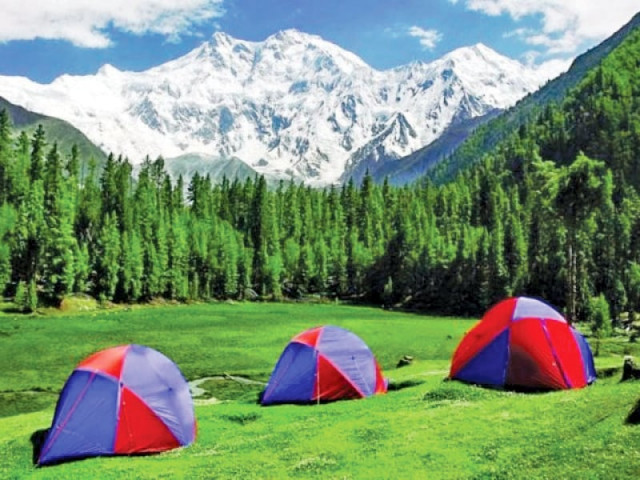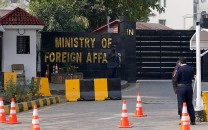Exploitative tourism damaged ecosystems
Promoting eco-tourism is govt's top priority, says PM’s aide Malik Amin

Unsustainable and exploitative tourism practices in various parts of the country, particularly in biodiversity-rich and environmentally-sensitive areas, over the past several years, have harmed the local fragile ecosystems which house wildlife species and their habitats of global importance.
This was stated by Special Assistant to Prime Minister on Climate Change Malik Amin Aslam on Thursday while reopening the 129-year-old ‘Moto Tunnel’ in Ayub National Park.
Aslam said that the incumbent government has started pursuing sustainable models of ecotourism in consultation with local partners and communities under the Prime Minister's Clean and Green Pakistan.
The government has declared as protected an area spanning over 3,312 hectares (33 km2) in the Abbottabad district. The biodiversity-rich national park harbours 33 species of mammals, 104 species of plants, 256 species of birds and 19 species of reptiles and several archaeological sites of global significance.
“But most of them are at the risk of vanishing because of damage caused due to unsustainable tourism practices and mining of natural resources from the park, particularly tree-felling and contamination of natural water channels,” the prime minister’s aide said.
“Protecting and preserving natural resources like lakes, mountains, beaches and rivers, which are the main sources of tourism attraction and promoting ecotourism concepts and practices at all levels, which promote sane use of natural resources, is inevitable for overall environmental and economic sustainability,” Aslam stressed.
The tunnel, Aslam said, was initially built in 1891 between Ghora Dhaka (presently Ayubia) to Khaira Gali (Murree) under the road and the residential Ayubia Town. The 250-feet-long tunnel was in a worse shape for want of maintenance over the past decade.
But considering the importance of the location of the ‘Moto Tunnel’ and its archaeological significance, the climate change ministry and the Khyber-Pakhtunkhwa (K-P) Wildlife Department had renovated and restored the tunnel as a cultural icon under the Global Environment Facility and the United Nations Development Fund-supported Sustainable Forest Management project.
“Besides, reopening and renovation of the different segments of the tunnel, the tunnel site has been provided with various facilities for tourists including paved track to the tunnel, information centre, guiding facilities, sitting and resting areas and coffee shop,” said Climate Change Ministry Forest Inspector General Suleyman Warraich.
Warraich also recalled how, only after lots of collaborative efforts for planning and funding-raising, they were able to pool together resources and capacities for the restoration of the fast vanishing archaeological site, which had been long known as a historical and cultural icon among globally known archaeologists, historians and nature tourists.
Explaining the tunnel renovation work, the climate change ministry official said it was restored after reinforcement work that involved stone-dressing for stabilising the outer and internal slopes and curves of the tunnel. Moreover, a drainage system and a new floor for the tunnel were built.
The delicate lightning work carried out inside the tunnel boosts its beauty and the fine stone-pitching work on both entrances, which has helped restore the original beauty and glory of the tunnel, he added.
Published in The Express Tribune, October 30th, 2020.


















COMMENTS
Comments are moderated and generally will be posted if they are on-topic and not abusive.
For more information, please see our Comments FAQ